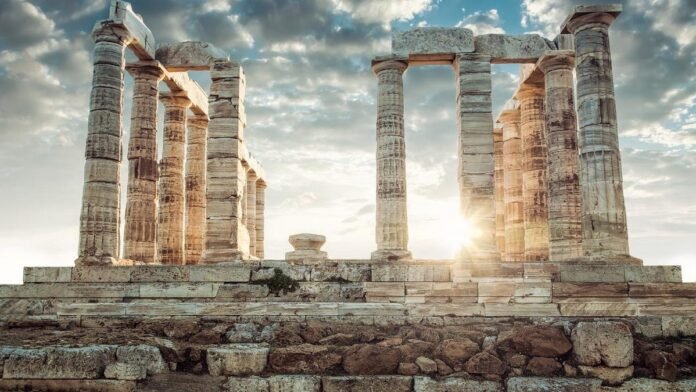Embarking on a historical odyssey allows us to unravel the mysteries of ancient civilizations, providing a profound understanding of our shared human heritage. In this exploration, we will navigate the rich tapestry of history, delving into the significance of retracing the footsteps of those who came before us.
Discovering the Allure of Ancient Civilizations
A journey into the past unveils the captivating stories of ancient civilizations that have shaped the course of humanity. From the grandeur of Egyptian pharaohs to the intellectual legacy of Greek philosophers, each civilization contributes to the mosaic of our collective identity.
Choosing Your Historical Route
1. Selecting Time Periods: Identify specific historical eras or civilizations that resonate with your interests. Whether it’s the awe-inspiring pyramids of Egypt or the ancient ruins of Rome, tailor your journey to match your historical passions.
2. Geographical Considerations: Plan your route by considering the geographical locations of ancient civilizations. This ensures a logical progression and allows you to witness the diverse cultural influences that have flourished across continents.
Immersive Exploration Techniques
1. Visit Archaeological Sites: Immerse yourself in the past by visiting archaeological sites. These include iconic landmarks like the Acropolis in Athens, the Colosseum in Rome, or the archaeological wonders of Machu Picchu in Peru.
2. Museums and Exhibitions: Enhance your understanding through museums and exhibitions dedicated to specific civilizations. These institutions often house artifacts, documents, and reconstructions that provide a tangible connection to history.
Interacting with Local Experts
1. Guided Tours: Opt for guided tours led by local experts. Their insights and narratives offer a deeper understanding of historical contexts, legends, and the daily lives of the people who once inhabited these ancient landscapes.
2. Educational Workshops: Attend educational workshops or lectures hosted by historians and archaeologists. These sessions provide an opportunity to engage in discussions, ask questions, and gain valuable insights into ongoing research and discoveries.
Capturing the Essence Through Photography
1. Documenting Your Journey: Chronicle your historical odyssey through photography. Capture the intricate details of ancient architecture, artifacts, and landscapes. Your visual record becomes a personal narrative of the historical tapestry you’ve explored.
2. Storytelling Through Images: Craft a visual narrative that tells the story of your historical exploration. Share your photographs on platforms that allow you to connect with fellow history enthusiasts, fostering a community of shared appreciation.
Preserving and Sharing Your Experience
1. Journaling Your Thoughts: Maintain a travel journal to record your thoughts, reflections, and newfound knowledge. Documenting your personal insights creates a lasting record of the emotional and intellectual impact of your historical journey.
2. Social Media Engagement: Share your historical odyssey on social media platforms, fostering discussions and connections with a broader audience. Your experiences may inspire others to embark on their own journeys of historical exploration.
Conclusion: A Tapestry of Human History
Tracing the footsteps of ancient civilizations is a profound and enriching experience, connecting us to the enduring legacy of human achievements and struggles. Each archaeological site, museum visit, and interaction with local experts contributes to a tapestry of human history that binds us across time and space.












